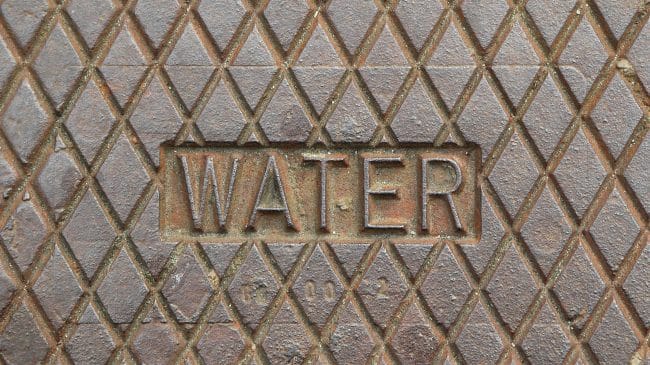Water infrastructure across the United States is aging and in many cases past its useful lifespan. Local governments, which control most major water systems, haven’t set aside the large sums of money needed to repair and rebuild these systems so they are moving at a snail’s pace, trying to fix breaks and patch up other system failures as they occur. Investing in long-term preventative maintenance would’ve extended the life of the systems and better-prevented breakages from occurring in the first place. While major breakages are easy to identify, smaller, harder to spot leaks persist to the tune of 900 billion gallons per year, according to the Environmental Protection Agency.
When water mains break, the damage often affects more than water itself. In August, for example, a water main break on State Road 410 in Chevy Chase, Maryland, resulted in a sinkhole that shut down approximately a one-mile portion of the four-lane highway, requiring 800 tons of asphalt for road repairs. Just about 40 miles to the northeast in Baltimore, the website that tracks the city’s frequent water main breaks and repairs showed two breaks causing road closures on the same street during a five-day period in June.
Maryland is hardly unique in experiencing problems with aging infrastructure, which affects communities of all sizes. For example, a 2018 study by researchers at Utah State University surveyed water main breaks in locales that serve about 15 percent of the combined populations of the U.S. and Canada and found a 27 percent increase in main breaks compared to 2012. It also showed breaks of cast iron main pipes (of which 82 percent were at least 50 years old) increased 43 percent. A 2016 study by the state of Indiana found its drinking water systems leaked 50 billion gallons of year, over 20 percent of the total supplied. And a 2010 U.S. Geological Survey study of Wisconsin’s water systems found intestinal viruses and wastewater in all its collected municipal well water samples, in a state only 17 years removed from cryptosporidiosis contamination in Milwaukee that remains the largest waterborne disease outbreak in U.S. history.
Unfortunately, local governments are learning the longer they put off repairs and the longer problems persist, the more costly they are to remedy. So how are governments going to overhaul or rebuild water systems?
Long-term agreements to manage water systems, including comprehensive public-private partnership (PPP) agreements can include designing, building, and financing new infrastructure. These deals often provide a way to avoid hitting customers with what would otherwise be steeper rates hikes. Municipalities don’t sell or lease their systems, nor do they typically enter into long-term contracts, without making some assessment that the arrangement would be better than providing those services and fulfilling those duties in-house. In June 2017, Public Works Financing reported local governments from all over the county were experiencing cost savings by entering long-term contracts and PPPs for water and wastewater systems, including large municipalities like Atlanta, Honolulu, Phoenix, Seattle, and Tampa Bay, as well as small municipalities such as Bessemer (Alabama), Franklin (Ohio), Lynn (Massachusetts), and Naugatuck (Connecticut).
“Our number one goal throughout this process was to find a partner who could help us stabilize rates for our ratepayers,” said Bob Willert, executive director of Delaware County Regional Water Authority (DELCORA), after making the decision to sell its wastewater system to a private company. “By partnering with Aqua Pennsylvania, DELCORA was able to develop a rate stabilization plan with an experienced operator with knowledge of the local community while also preserving all DELCORA jobs.”
And that’s an important point: if the system was going to be fixed or upgraded, rates hikes were inevitable. And the rate increases would have been larger in the absence of private sector investment.
Jim Zucal, city service director for St. Clairsville, Ohio, says the city is considering privatizing the system, “I want them to have clean, safe drinking water at a fair price and Aqua is showing us that they can do this in a clean, safe way with a limited, minimal increase.”
For many governments, a public-private partnership or privatization could be the best way to make needed infrastructure improvements while keeping rates under control. Consider, for example, that the median water main pipe in the District of Columbia is over 80 years-old and replacing its system, at its current present pace would take a century. Yet, rates are still rising, from an average of $80.62 in 2015 to an estimated $114.48 next year—a 30 percent increase in five years.
Municipalities are facing $1.7 trillion in water infrastructure needs. Local governments are unlikely to be able to come up with that funding without massively raising rates or taxes on citizens. Thus, private sector expertise is going to be needed to play a key role in replacing and expanding America’s water infrastructure while keeping rates affordable for customers.

